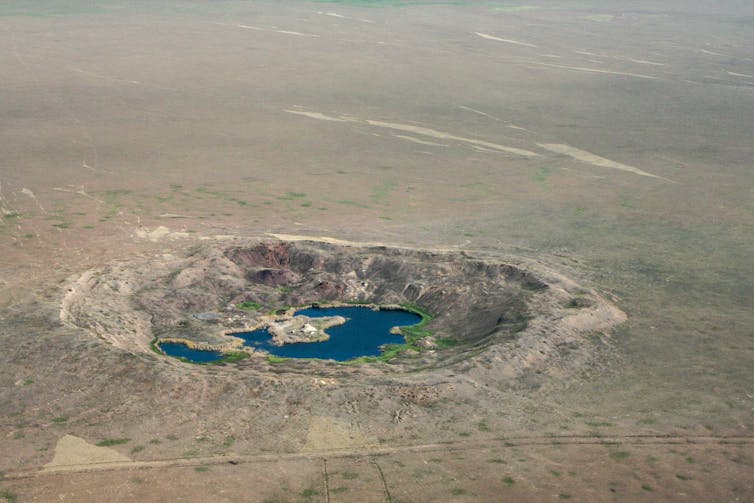Source: The Conversation – Canada – By Martin Danahay, Professor, English Language and Literature, Brock University
The Donald Trump administration in the United States has authorized killing people in boats on the Caribbean Sea and eastern Pacific, claiming they’re transporting illegal drugs.
Maritime and international law experts have raised concerns about the legality of the attacks. And based on a maritime court case from 1884, this use of force may well be illegal.
The Trump administration argues its actions are part of a war against what it has termed “narco-terrorists.” Killing the people manning these boats, it has said, will save the lives of Americans who might otherwise die of drug overdoses from the substances that are allegedly being transported by these boats.
The rationale that the U.S. is justified to kill people at sea in order to save people is similar to what used to be called the “custom of the sea”, which excused “survival cannibalism” if the consumption of one shipwrecked sailor helped the others survive. This custom, which basically excused “murder by necessity,” was essentially outlawed in a landmark case in 1884.
The story of The Mignonette
The case involved an incident of cannibalism after the yacht The Mignonette sank off the west coast of Africa and its four crew members escaped in a small dinghy with no time to gather food and water.
After three weeks at sea, their situation became so dire that two of the men decided that the ailing youngest member of the crew, a 17-year-old boy named Richard Parker, should be sacrificed so the rest of them could survive. They killed Parker and used his body for food and drink; the third crew member later said he opposed their actions, though feasted on Parker anyway.
Four days after they killed the boy, the three survivors were rescued.
Two of them, Tom Dudley and Edwin Stephens, were arrested for murder and cannibalism. They were brought to trial in the case R v Dudley and Stephens. The trial opened in Exeter, England after Dudley and Stephens pleaded not guilty.
A panel of judges found them both guilty of murder and they were initially sentenced to death. This judgment was later commuted to six months imprisonment due to errors in trial conduct. Nonetheless, the case did establish that their actions constituted murder and that necessity was not a valid defence for cannibalism.
Justifying murder
Like the crew members of The Mignonette, U.S. President Donald Trump has claimed that killing people at sea is justified because it will preserve the lives of others.

(Wikimedia Commons)
This is the same reasoning behind the now discredited “custom of the sea.”
Rather than “survival cannibalism,” this amounts to “survival killing” based on the argument that other people will live if those on the boats die.
The Dudley and Stephens precedent means that if anyone ever goes to trial for the boat strikes, they could potentially be convicted of murder following the landmark 19th century ruling that killing and eating people is wrong.
The case is taught in law classes because of the difficult issues it raises:
- When, if ever, is murder justified?
- If it is justified, in what circumstances would it be viewed as the only viable option?
While ongoing American attacks on boats in the Caribbean and eastern Pacific don’t involve cannibalism, but instead military attacks that have resulted in the deaths of the people manning those boats, the case of The Mignonette may still be relevant.
Either international norms turn back to the era of the “custom of the sea” and regard murder for the greater good as legal, or they uphold the verdict in R v Dudley and Stephens and view the actions in the Caribbean Sea as unjustified acts of murder.
![]()
Martin Danahay does not work for, consult, own shares in or receive funding from any company or organisation that would benefit from this article, and has disclosed no relevant affiliations beyond their academic appointment.
– ref. Trump’s aggression in the Caribbean could violate a Victorian-era court ruling on cannibalism at sea – https://theconversation.com/trumps-aggression-in-the-caribbean-could-violate-a-victorian-era-court-ruling-on-cannibalism-at-sea-270012



